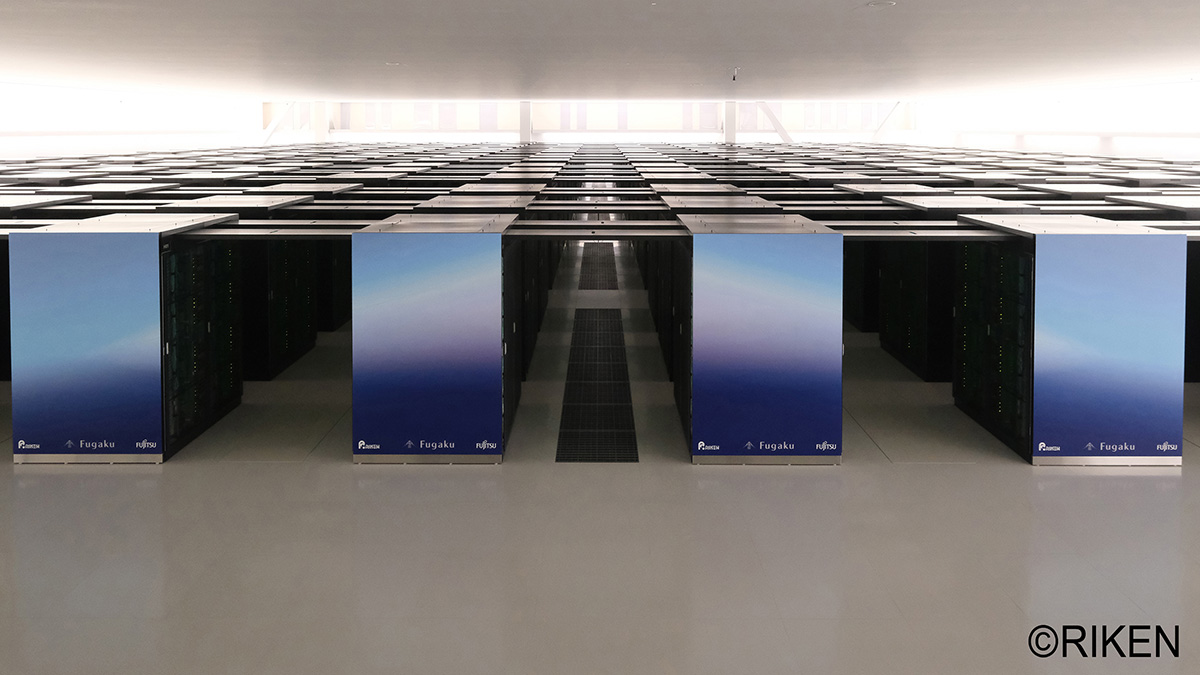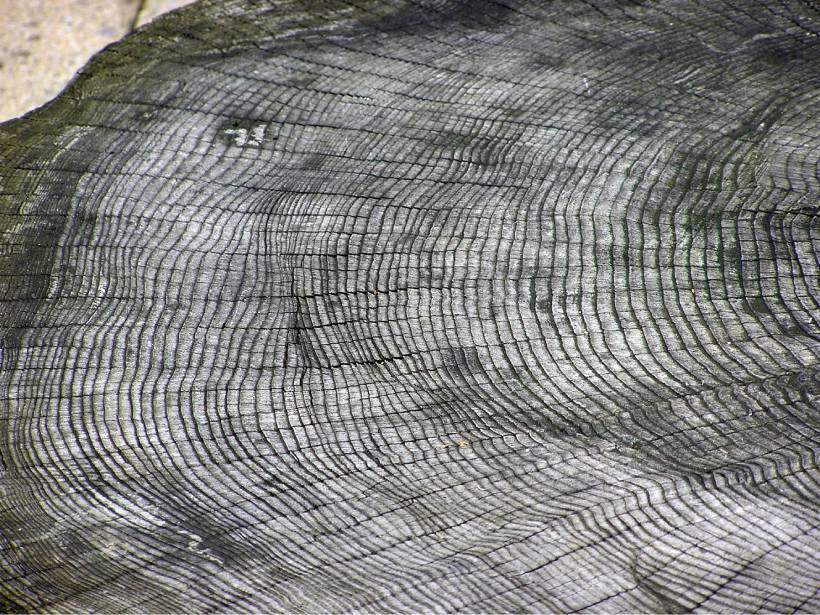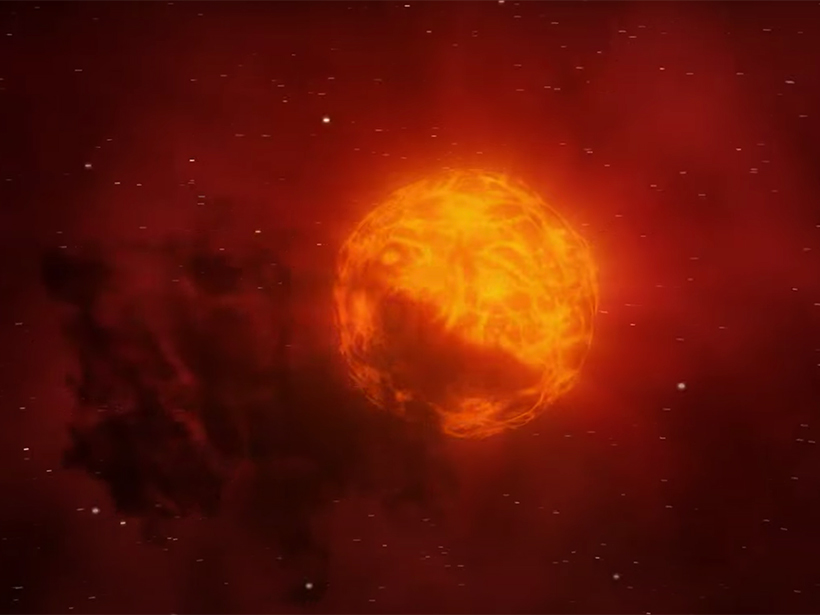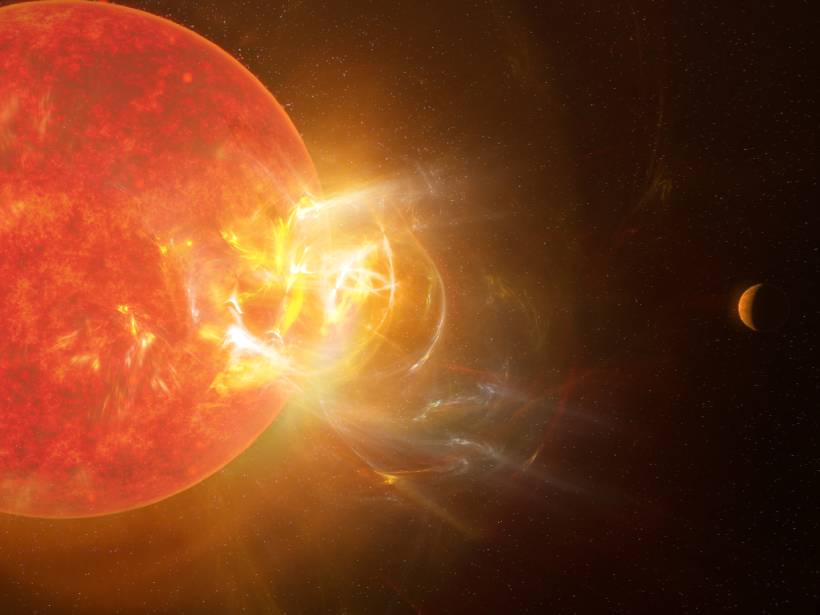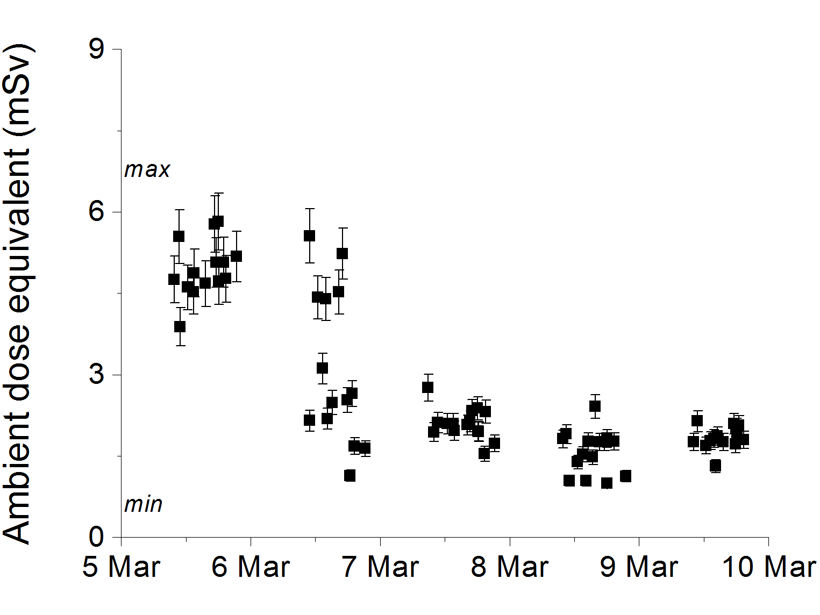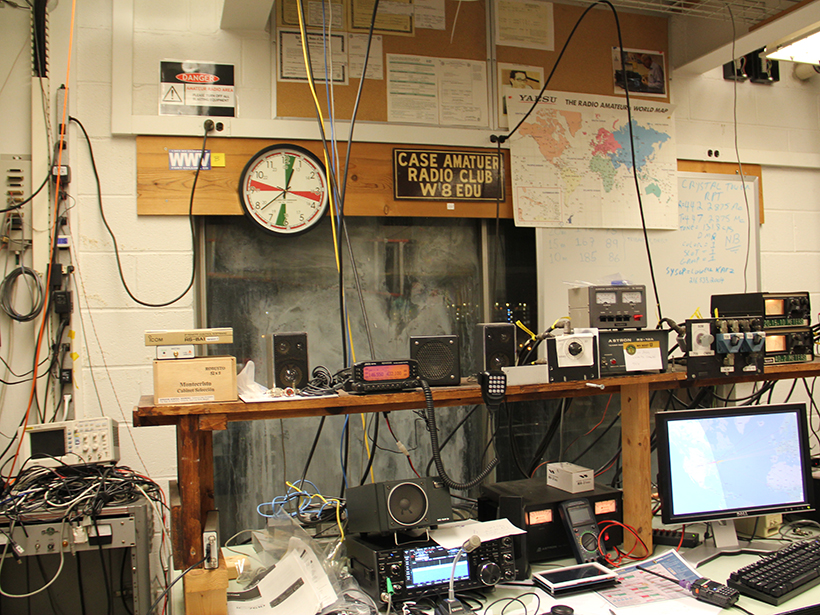The Solar Orbiter just completed its commissioning phase while en route to the Sun. It has already provided valuable looks at solar campfires and Venus’s magnetic fields, and it promises much more.
solar activity
Accurate Simulation of Sun’s Rotation Might Illuminate Solar Cycle
Scientists have known for 400 years about a particularity in the way the Sun rotates. It took the world’s most powerful supercomputer to accurately simulate it.
树木年轮显示了最新发现的极端太阳活动事件记录
对树木年轮物质的光谱分析表明,碳-14浓度在一年内急剧上升,这与发生在公元前5410年左右的极端太阳高能粒子事件相一致。
Tree Rings Show Record of Newly Identified Extreme Solar Activity Event
Mass spectroscopy of tree ring material indicates a sharp, single-year rise in carbon-14 concentrations consistent with an extreme solar energetic particle event that occurred around 5410 BCE.
When Betelgeuse Won’t Explode, You Need a Big Telescope to Prove It
Thanks to last-minute telescope time, researchers pieced together the sequence of events that caused Betelgeuse’s Great Dimming last year.
Record-Setting Flare Spotted on the Nearest Star to the Sun
Proxima Centauri recently let loose a blast of radiation, and ground- and space-based telescopes detected the record-setting event at wavelengths ranging from radio to the ultraviolet.
Severe Radiation Storms Pose Health Risk to Air Travel
Simulations of radiation storm fluxes on real flight paths highlight how severe space weather could expose aircrew and passengers on busy transatlantic routes to significant radiation doses.
Ham Radio Forms a Planet-Sized Space Weather Sensor Network
For researchers who monitor the effects of solar activity on Earth’s atmosphere, telecommunications, and electrical utilities, amateur radio signals a golden age of crowdsourced science.
The “Complicated” Complexity of Solar Storms
Researchers turned to crowdsourced science to identify patterns in coronal mass ejections.
Scientists Claim a More Accurate Method of Predicting Solar Flares
Supercomputer 3D modeling of magnetic fields could help mitigate damage from geomagnetic storms.


